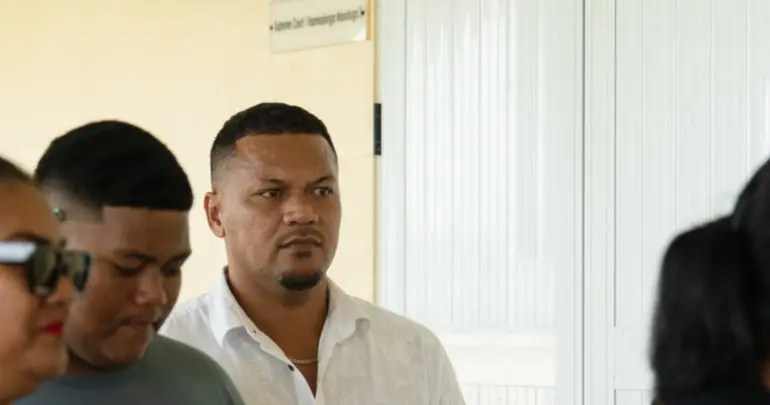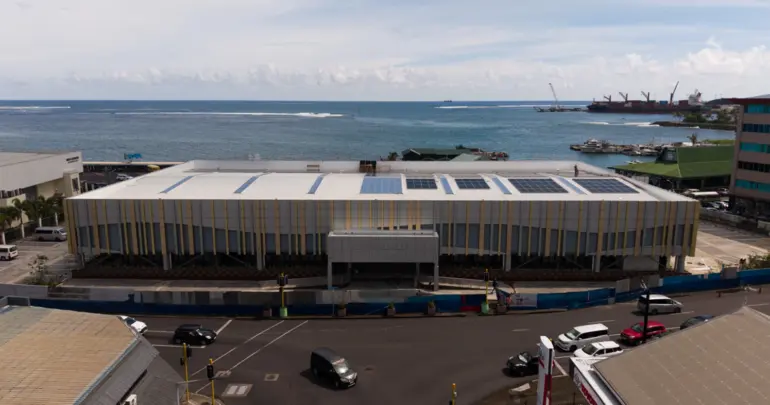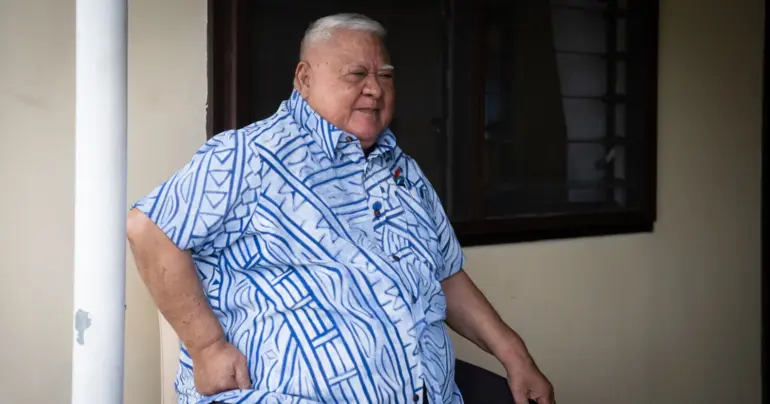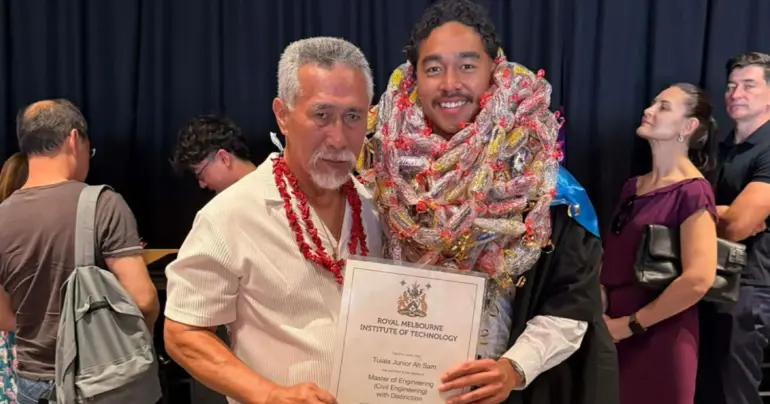Australia's naval redeployment shows Pacific priority
Australia's withdrawal a naval ship from the Middle East to the region is evidence that the Pacific has become the geopolitical centre of the world, a senior defence analyst says.
A Senior Analyst at the Australian Strategic Policy Institute (A.S.P.I.), Dr. Marcus Hellyer, said the end of Australia’s three-decades-long naval presence in the Middle East was evidence of the Government’s shifting priorities.
Australia’s Defence Minister, Linda Reynolds, announced the withdrawal of its naval presence in a statement last Friday. The H.M.A.S. Toowoomba ship returned from an annual deployment focused on joint military exercises such as on anti-terrorism exercises in June this year.
"This year alone has seen [the] Navy respond to the bushfire and COVID-19 crises [... and a] commitment to initiatives under the Pacific Step Up, and several highly successful activities with our regional partners," Minister Reynolds said.
"As a result, the Australian Defence Force will reduce its naval presence in the Middle East to enable more resources to be deployed in our region."
The Royal Australian Navy is more active in the Indo-Pacific region than it has been in decades, said Minister of Defence for Australia, Senator Linda Reynolds.
“We now face an increasingly challenging strategic environment which is placing greater demand on Australian Defence Force resources closer to home,” Senator Reynolds said.
The Minister’s announcement came as the United States announced it was examining the possibility of deploying three naval assets of its own to the Pacific Islands of American Samoa and Guam. America’s navy will conduct a feasibility study on deploying the three new fast-response vessels.
Dr. Hellyer, an expert in defence economics and budgets, defence capability and military technology at A.S.P.I. said Australia’s Pacific shift was highly significant.
“Several developments have come together in the announcement that Australia will no longer deploy a warship to the Middle East after 30 years of continuous presence there,” Dr. Hellyer told the Samoa Observer in an email interview on Tuesday.
“The first is the recognition both in Australia and the U.S., that the Indo-Pacific has become the geopolitical centre of gravity in the world. In plain terms, it is simply more important than the Middle East.”
The second development is the Pacific Step-up strategy announced by the Australian government initially in September 2016 and expanded in November 2018, he added.
“The Step Up recognises Australia’s interest in the sovereignty, stability, security and prosperity of Pacific Island nations,” he said.
As part of Pacific Step-up, Australia has been working with Pacific Island nations to deliver the Pacific Maritime Security Program (P.M.S.P.).
“This involves replacing the patrol boats Australia originally gifted to 12 Pacific Island nations. Seven new patrol boats have already been [delivered]. The P.M.S.P. also involves a regional aerial surveillance capability aimed at helping Pacific Island nations police their maritime zones, in particular their fisheries,” Dr. Hellyer explained.
The Australian Government funded a $30 million Guardian Class boat for Samoa to assist with surveillance of organized crime and illegal fishing.
Named the Nafanua II, it was donated to Samoa last October.
Dr. Hellyer said in July 2020, the Australian Government released its 2020 Defence Strategic Update which stated that ‘defence planning will focus on Australia’s immediate region: ranging from the north-eastern Indian Ocean, through maritime and mainland southeast Asia to Papua New Guinea and the South West Pacific.
“[K]eeping one ship permanently in the Middle East is a major commitment since the Royal Australian Navy only has 11 warships. Of the 11, around 5-6 are at sea at any time, so it is a large percentage of our navy. This announcement acknowledges that the Indo-Pacific is now a higher priority,” said Dr. Hellyer.
“So all of these factors have come together in the recent announcement. In my view, it is a very good development and shows that the government is serious about re-focusing towards our immediate region which includes the Pacific Island nations.”
Dr. Hellyer said the announcement made in the context of America’s recently announced plan to counter Chinese aggression with three new vessels in the region showed the two nations were thinking in concert.
“I think the announcement shows that the U.S. and Australian are thinking very similarly about the Pacific. We also have increased our development aid and security assistant to our Pacific neighbours and the government has made it very clear that this cooperation will continue,” Dr. Hellyer said.
“The Prime Minister is personally driving these initiatives and speaks very clearly of our Pacific family.
“While there are currently no plans to permanently base Australian ships or aircraft in the Pacific, the Pacific Step-up and the 2020 Defence Strategic Update make it very clear that Australia will have a much more frequent and visible presence in the Pacific in order to develop the capability of our neighbours to protect their sovereignty and economic resources.”
Australia will also withdraw from the United States-led naval coalition patrolling the Strait of Hormuz at the end of 2020.










